How to grow the blackcurrant variety Bagheera in your garden and why it is good
The blackcurrant variety Bagira is grown in the Central, Ural, and East Siberian regions. It is frost-resistant and easy to care for. Among the advantages of Bagheera are immunity to common insect pests. The berry is rarely affected by spider mites, sawflies, and aphids. Next, we will take a closer look at the characteristics of the variety and learn the secrets of its cultivation in Russian gardens.
Black currant Bagheera: description of the variety
Many summer residents claim that Bagheera survives in any climatic conditions. Even in regions with frequent frosts or drought. For more than 35 years, Bagheera blackcurrant has been pleasing gardeners with a rich harvest.
History of selection
The Bagira variety was bred at the All-Russian Research Institute of Horticulture named after. I.V. Michurina in 1985. It was the result of crossing Belarusian and Swedish varieties of blackcurrant. Today the crop is recommended for cultivation in 6 regions of Russia.
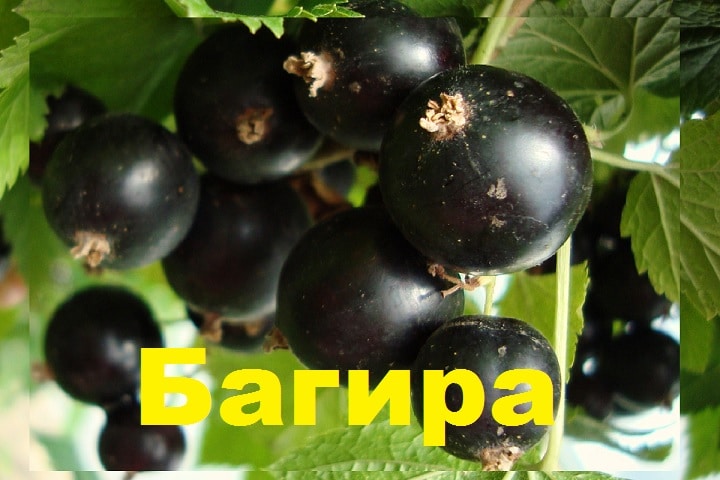
Currant Bagheera: description of the variety
Before planting black currants on your site, it is recommended to carefully study the characteristics of the variety, such as yield, application and resistance to external factors.
Resistance to environmental conditions
Bagheera currant tolerates frost well - the bush can withstand temperatures as low as -32°C. Drought resistance is also observed - the plant is not afraid of a long absence of moisture. This is especially true for regions with dry and long summers.
Attention! Blackcurrant tolerates return frosts well, which often occur in the Urals and Siberia.
Productivity
The shrub bears fruit in the third year after planting. The yield is stable - per year per bush collect from 3 to 5 kg.
The fruits ripen smoothly and do not crumble or burst after ripening. This allows the crop to be used for transportation, storage and sale. Some gardeners harvest berries mechanically.
Application area
The harvest is universal in use - the berries make vitamin-rich and tasty preserves, compotes, and jams. They also use fruits for drying - they do not lose their useful properties. Many housewives prepare jelly, yogurt, dumplings, pastries, cocktails, and sorbets from blackcurrants.
Advantages and disadvantages
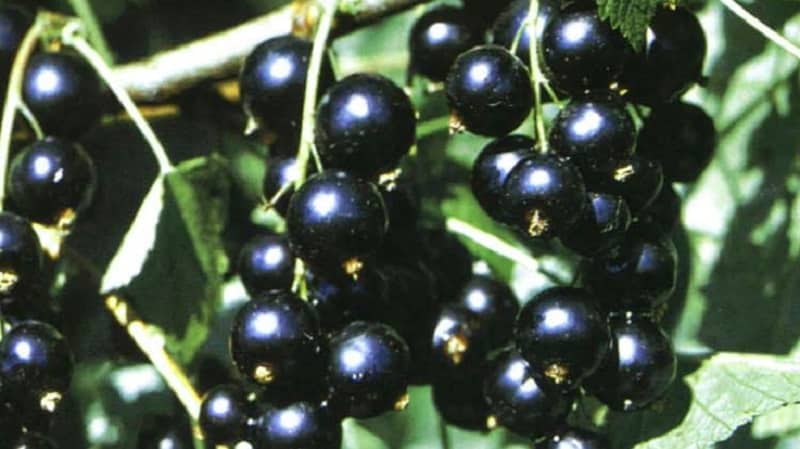
Among the advantages of the variety are stable yield and ease of care. The advantages also include:
- attractive presentation;
- juicy and sweet pulp;
- immunity to insect pests;
- frost resistance.
Among the negative properties, some summer residents include the average immunity of the berry to anthracnose and powdery mildew. Therefore, when planting and growing, it is recommended to pay attention to preventive measures.
Growing technology
To get a rich blackcurrant harvest, it is important to provide optimal conditions. These are temperature, lighting, proximity to other plants.
Optimal conditions
Despite the resistance of Bagheera currants to drought, it is recommended to choose moist soil for growing. The berry grows well along the fence, next to other bushes.
The optimal temperature for currant ripening is +15…+20°C.The planting area should be well lit - proximity to large trees has a negative impact on the amount of harvest.
Attention! It is not recommended to grow black currants near open water bodies or near groundwater. Otherwise, the plant will often suffer from fungal and infectious diseases. diseases.
Landing dates and rules
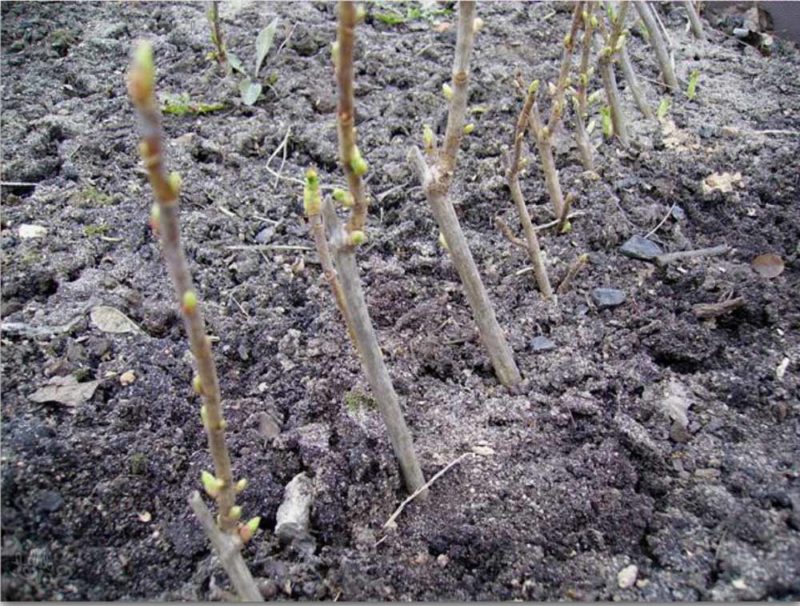
The planting time for Bagheera depends on the region. For example, in the southern regions of the country it is recommended to plant berries in the fall - the seedlings have time to get stronger before frost. In central Russia, many summer residents plant Bagira in the spring. Gardeners do not have a consensus on the planting time.
Before planting, the soil is cleaned of debris, plant debris and fallen leaves. The seedlings are shortened by 10-15 cm, and dry shoots are cut off. 5 hours before planting, the roots are soaked in water and growth stimulator “Kornevin”. This is required to strengthen the root system and protect it from diseases and pests.
Next, the landing process looks like this:
- Dig the soil onto the handle of the shovel.
- Humus is added in a proportion of 7-8 liters per 1 square meter. m.
- Dig a hole 40 cm deep and 60 cm in diameter.
- Add granular superphosphate to the well.
- Place the seedling in the hole and cover it with soil.
- Water generously and mulch using hay or sawdust.
It is important to maintain a distance between plants - 40-50 cm. The row spacing should be at least 2 m. Otherwise, the plants will often get sick due to lack of sunlight and nutrients.
Further care
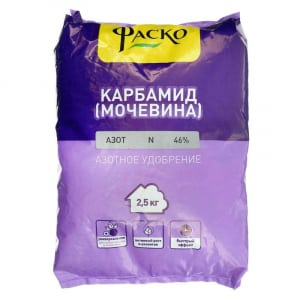
In the first month after planting, it is important to water the currants thoroughly. To do this, use melt or rain water at room temperature.
After each watering, the soil is loosened - the procedure saturates the soil with oxygen, which is beneficial for the young plant. After 3-4 weeks, the bush is fed with potash or phosphorus fertilizers. Place them in damp soil in the morning or evening.
Many summer residents use boric acid solution, urea, Bordeaux mixture, and bird droppings for fertilizer. Feeding normalize metabolism, strengthen the root system and stimulate fruit ripening. In total, Bagheera is fed 3-4 times during the season. At the same time, the soil is regularly loosened and mulched.
Attention! For the health of the bush, it is important to promptly remove dry, rotten, weak shoots and leaves. In the second year, black currants already need to be formed.
Possible problems, diseases, pests
Despite the variety's immunity to insect pests, aphids sometimes appear on leaves, fruits and shoots. Small white flying insects attack both young and mature bushes. The reasons for the appearance of aphids are contaminated soil, unfavorable neighbors, and lack of preventive measures.
Summer residents also notice an orange coating on young shoots - this is a sign of goblet rust. The disease often appears on plants that grow near bodies of water. For treatment, the drug “Topaz” or copper oxychloride is used, and the fallen leaves are burned.
To avoid problems, it is recommended to carry out preventive measures in a timely manner: remove weeds or treat currants with Bordeaux mixture or nettle infusion.
Wintering
For good winter yields, black currants are protected from frost, snow and winds with film. Before the procedure, dried leaves are removed from the bush, carefully covered with a cloth and fixed to the ground with stones or branches.
Cover the plant in October or early November, depending on the growing region and weather conditions. The shelter is removed in the spring: at the end of March or beginning of April.
Pollinator varieties
The Bagheera variety is self-fertile—it is not necessary to plant other blackcurrant varieties nearby to produce a harvest. The plant is pollinated without outside help. But some summer residents still grow other varieties of currants nearby, for example, Izyumnaya or Green Haze.
Features of cultivation depending on the region
When growing black currants in the southern regions, it is recommended to water the plants using the sprinkling method. The optimal time for watering is morning or evening. It is not recommended to water currants in sunny weather - this can cause sunburn.
When growing currants in the middle zone or northern regions, it is important to regularly feed them with complex fertilizers “Berry Bushes” or “Magic Watering Can”. They strengthen the immune system and stimulate the ripening of tasty and large fruits.
Reproduction
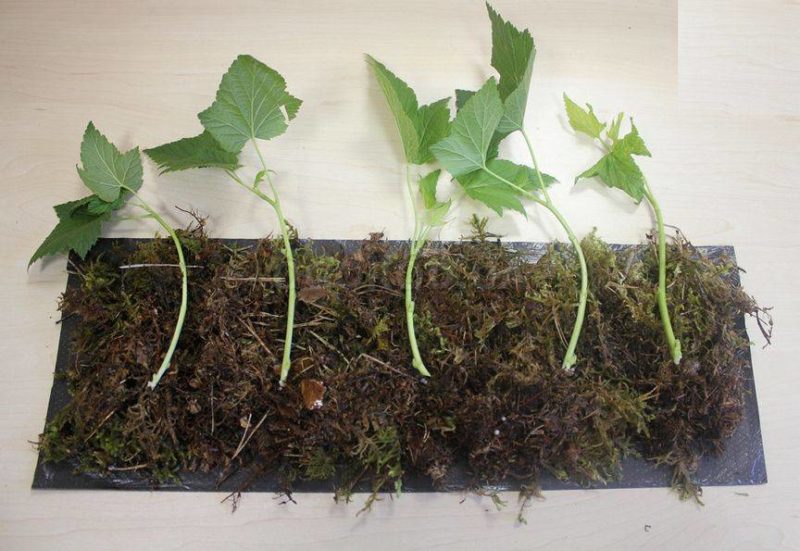
Black currant multiplies vegetatively - using cuttings and layering. Summer residents prepare cuttings mainly in spring and autumn - they take healthy and large bushes as a basis. The cuttings are planted immediately after harvesting and watered generously with warm water. The main advantage of cuttings is that the currant retains all varietal characteristics.
Attention! Before rooting, it is recommended to soak the cuttings in the Kornevin growth stimulator. This is necessary for stable yields in the future.
Reviews from summer residents
Bagheera currant is very popular among Russian gardeners - it is grown in a variety of regions. Let's see what some summer residents say about the variety.
Alla, Orel: “I planted Bagheera a couple of years ago - there were no problems during planting, the cutting took root quickly. Last summer I collected 7 kg from two bushes. The berries are large, the taste is sweet with a slight sourness.”
Dmitry, Tyumen: “Baghira is a good variety. It keeps up quickly. I noticed aphids on the leaves a couple of times, but quickly got rid of them with a solution of copper sulfate.”
Maria, Moscow region: “I can’t say that I really liked the Bagheera variety. The yield is average, a lot of leaves fall from the bushes, we have to constantly remove them.”
Conclusion
The Bagira variety is productive, frost-resistant and easy to care for. For planting, it is recommended to choose a sunny, pre-fertilized place. The variety is self-fertile, so seedlings can be placed in any part of the garden. Currants are harvested from mid to late summer, depending on the growing regions. The berries can be canned, dried or eaten fresh - Bagheera currants are good in any form.